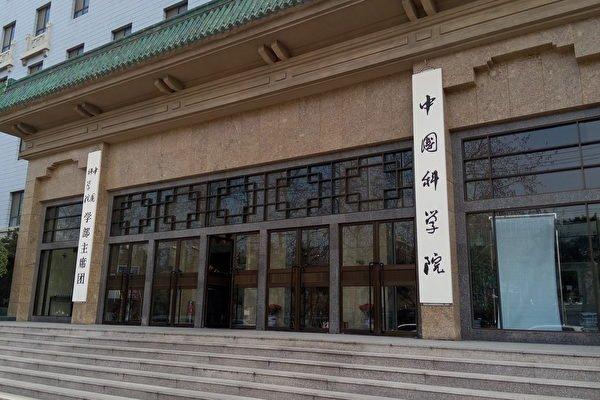A cold wave has swept across China amid the Lunar New Year, with the northernmost city of Mohe in Heilongjiang Province reaching a historic extreme of -53°C (-63.4°F) on Jan. 22.
At 7:00 a.m. on the first day of the Lunar New Year, -53°C was measured at the Jintao Meteorological Station in Amur Town, Mohe City, Heilongjiang Province, breaking a historical extreme of -52.3°C in the city recorded in 1969.





